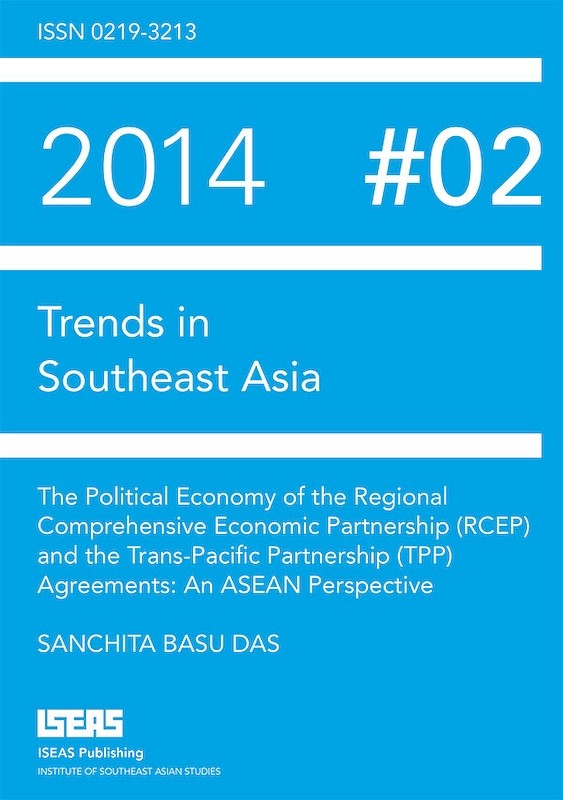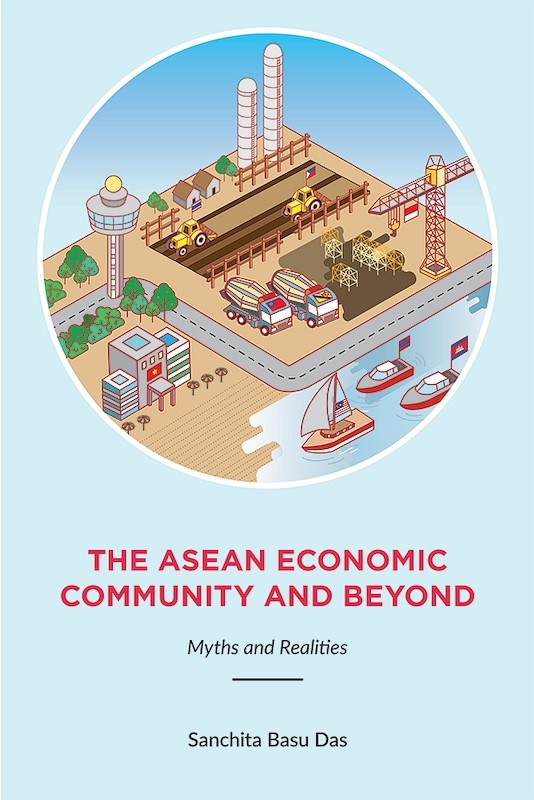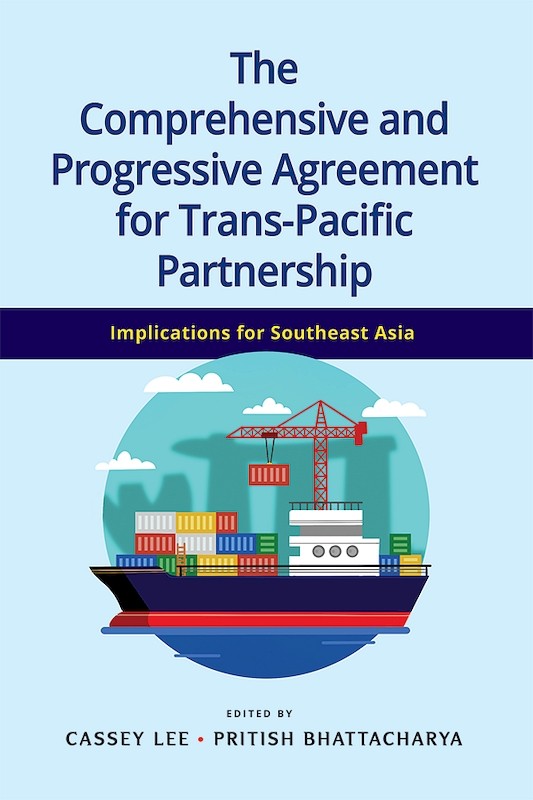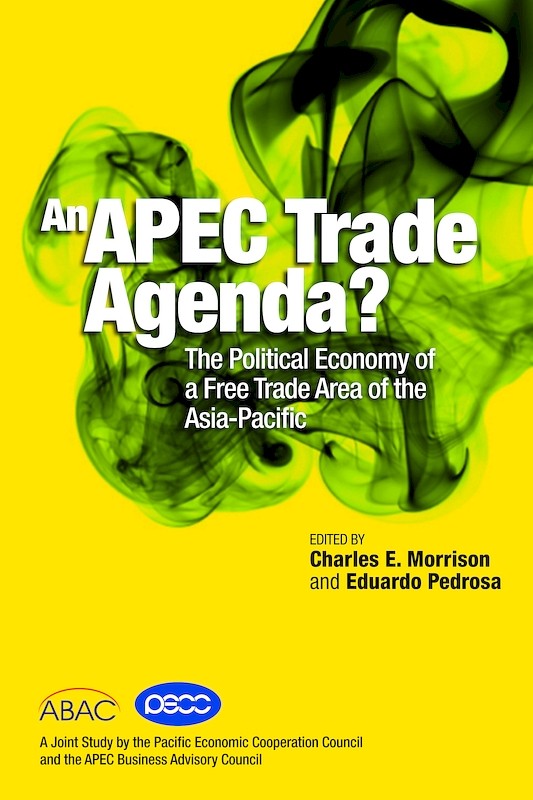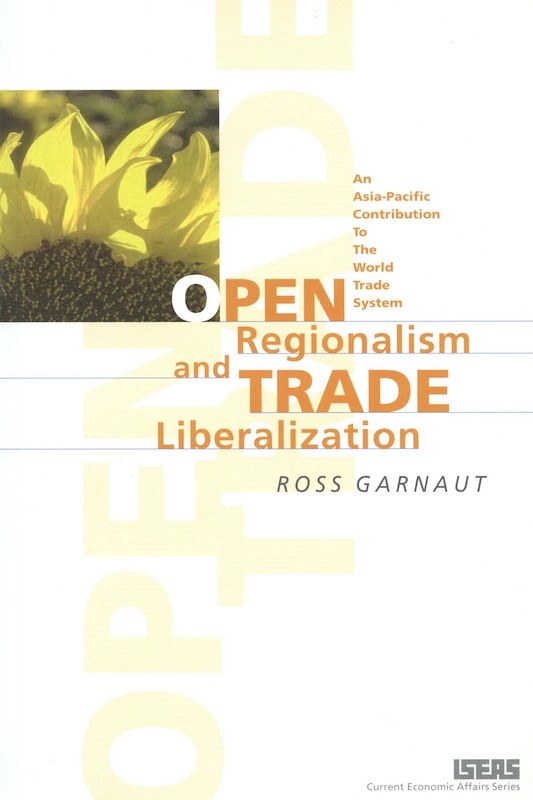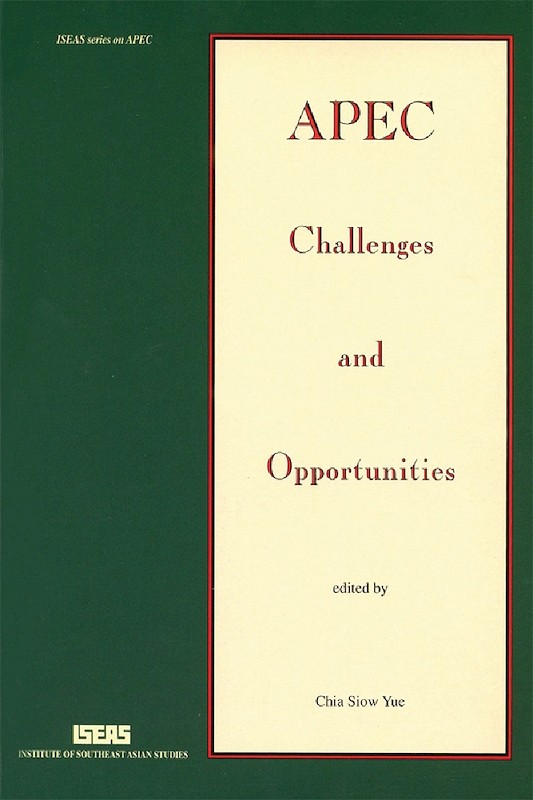Trade Regionalism in the Asia-Pacific: Developments and Future Challenges
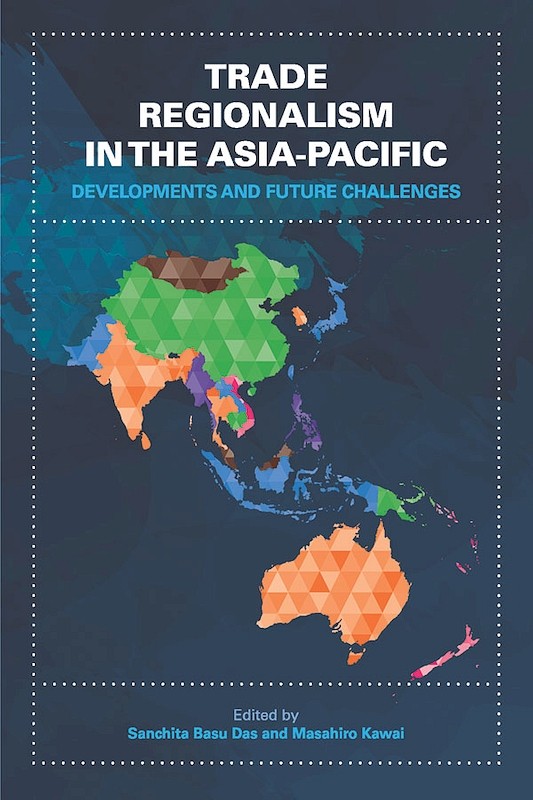
Date of publication:
2016
Publisher:
ISEAS – Yusof Ishak Institute
Number of pages:
359
Code:
PIC238
Soft Cover
ISBN: 9789814695442
About the publication
Asia has witnessed a proliferation of free trade agreements (FTAs) since the turn of the millennium. The first regional agreement — the ASEAN FTA — was transformed into the ASEAN Economic Community at the end of 2015. In the meantime, ASEAN forged five ASEAN+1 FTAs and began to negotiate a sixteen-member Regional Comprehensive Economic Partnership (RCEP) Agreement. In parallel, the U.S.-led Trans-Pacific Partnership (TPP), supporting U.S. foreign policy of "Pivot to Asia", was broadly agreed in October 2015.
The RCEP and the TPP are accompanied by other mega-regional integration processes developing elsewhere in the world, including the Transatlantic Trade and Investment Partnership for the European Union and the United States, and the Pacific Alliance among four Latin American member states. Meanwhile, APEC is also striving to meet its Bogor Goal targets and create a Free Trade Area of the Asia-Pacific.
Each of these mega-regionals aims to achieve greater trade and investment liberalization and facilitation and more harmonized trade and investment rules so that all member economies can participate in the global value chain of production. Instead of undermining, these regional exercises can be building blocks for a more liberal global trading system supported by the World Trade Organization.
This book ruminates on these regional agreements, their economic and strategic rationales and challenges during negotiations and afterwards. The book brings together eminent scholars and experts to deepen our understanding of the complex nature of the mega-regional trade agreements and their implications. It is useful both for the academic and research community and for policymakers who focus on trade and economic cooperation issues.
The RCEP and the TPP are accompanied by other mega-regional integration processes developing elsewhere in the world, including the Transatlantic Trade and Investment Partnership for the European Union and the United States, and the Pacific Alliance among four Latin American member states. Meanwhile, APEC is also striving to meet its Bogor Goal targets and create a Free Trade Area of the Asia-Pacific.
Each of these mega-regionals aims to achieve greater trade and investment liberalization and facilitation and more harmonized trade and investment rules so that all member economies can participate in the global value chain of production. Instead of undermining, these regional exercises can be building blocks for a more liberal global trading system supported by the World Trade Organization.
This book ruminates on these regional agreements, their economic and strategic rationales and challenges during negotiations and afterwards. The book brings together eminent scholars and experts to deepen our understanding of the complex nature of the mega-regional trade agreements and their implications. It is useful both for the academic and research community and for policymakers who focus on trade and economic cooperation issues.
Contents
-
Trade Regionalism in the Asia-Pacific: Developments and Future Challenges
[Whole Publication, ISBN: 9789814695459], by Sanchita Basu Das, Masahiro Kawai, authors -
Preliminary pages
-
1. Introductory Overview Trade Regionalism in the Asia-Pacific: Developments and Future Challenges, by Sanchita Basu Das, Masahiro Kawai, authors
- I. THE TRANS-PACIFIC PARTNERSHIP (TPP) AGREEMENT
-
2. The Origins and Evolution of TPP Trade Negotiations, by Deborah Elms, author
-
3. The Political Economy of Joining TPP: The Case of Malaysia, by Cassey Lee, author
-
4. China and the TPP: Reflections and Responses, by Wang Yuzhu, author
-
5. Japan and Entanglement of Regional Integration in the Asia-Pacific: Combining Cutting-Edge and Traditional Agendas, by Takashi Terada, author
- II. THE REGIONAL COMPREHENSIVE ECONOMIC PARTNERSHIP (RCEP) AGREEMENT
-
6. RCEP Prospect and Challenges: Political Economy of East Asian Integration, by Yose Rizal Damuri, author
-
7. Challenges Facing the RCEP Negotiations, by Sanchita Basu Das, author
-
8. From AEC to RCEP: Implications for the CLMV, by Vo Tri Thanh, author
-
9. RCEP: An Indian Perspective, by Amitendu Palit, author
- III. REGIONAL ECONOMIC INTEGRATION: A MULTI-STAGE APPROACH
-
10. AEC and ASEAN+1 FTAs: Progress, Challenges and Future, by Chia Siow Yue , author
-
11. CJK FTA Rationale, Prospects and Challenges, by Hyung-Gon Jeong, Boram Lee, authors
- IV. OLD AND EMERGING APPROACHES TO ASIA-PACIFIC REGIONAL INTEGRATION
-
12. APEC at 25: Political Realities Realized , by Malcolm Cook, author
-
13. The TTIP, Mega-regionalism and Asia, by Michael G Plummer, author
-
14. The Pacific Alliance: A Bridge between Latin America and the Asia-Pacific?, by Sebastian Strangio, author
- V. ASIA-PACIFIC REGIONAL INTEGRATION: TOWARDS CONVERGENCE?
-
15. APEC, TPP, and RCEP: Towards an FTAAP, by Robert Scollay, author
-
16. The Implications of Mega-regional Trade Agreements on the World Trade Organization, by H Patrick Glenn, Michael Yeo Chai Ming, authors
-
Index

